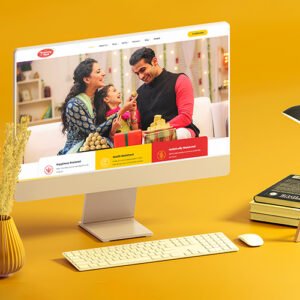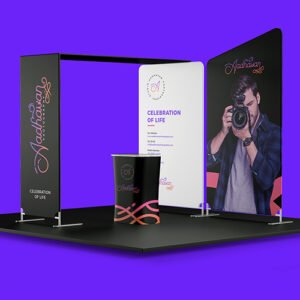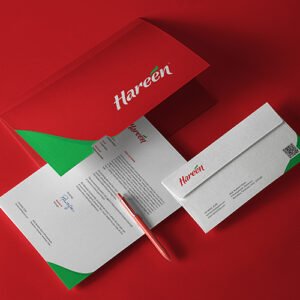If you’re considering joining a graphic design course, you’re probably asking: “What will I actually learn, and how will it help me get a job?” A professional graphic design course equips you with more than just software knowledge. It helps you think like a designer, solve real-world communication problems, and bring creative ideas to life in both digital and print formats. In this article, we explore the top five valuable skills you’ll gain during your training and how they directly translate into the demands of real-world design jobs.
1. Mastery of Adobe Creative Suite (Photoshop, Illustrator, InDesign)
Real Job Application: In almost every design-related job—whether it’s branding, digital marketing, publishing, or web design—employers expect you to be comfortable with Adobe tools. For example:
2. Typography and Layout Design
Real Job Application: In jobs like editorial design, advertising, or packaging, typography and layout are everything. Whether you’re working on a billboard or an app interface, how the text and elements are laid out greatly affects user experience and effectiveness.
3. Branding and Visual Identity Development :
What You Learn: You will learn how to create a cohesive brand identity that includes logo design, brand colors, typography systems, iconography, and brand usage guidelines. The course will guide you through the brand-building process—from research and concept development to final presentation.
Real Job Application: Branding is one of the highest-value skills in graphic design. Every business—from startups to large corporations—needs a strong visual identity to stand out in the market.
- A branding designer creates comprehensive identity packages for businesses.
- Freelancers often work with startups to create brand kits.
- Agencies hire designers who can translate business goals into visual language.
4. Creative Thinking and Concept Development :
What You Learn: Creativity in design isn’t just about making things look good—it’s about solving problems visually. You’ll learn ideation techniques, mind mapping, moodboarding, and how to develop concepts that connect with the audience. The course helps you think critically, interpret briefs, and pitch original ideas.
Real Job Application: Employers value designers who can think independently and offer strategic design solutions. In real jobs:
- Ad agency designers brainstorm campaign ideas that align with brand tone.
- UI/UX designers empathize with users to design intuitive interfaces.
- Packaging designers think creatively to make products stand out on shelves. Being creative under pressure and generating multiple options is a day-to-day requirement in most roles.
5. Portfolio Development and Professional Presentation:
What You Learn: Your portfolio is your ticket into the design world. During the course, you will work on real-time projects across various domains—branding, social media, packaging, brochure design, and more. You’ll also learn how to present your work professionally, talk through your design choices, and structure your portfolio for job interviews or freelance pitching.
Real Job Application: Whether you’re applying for a full-time job or bidding on a freelance project, your portfolio showcases your capabilities.
- Agencies look for portfolios that demonstrate versatility and process.
- Clients want to see proof of previous work that aligns with their needs.
- Recruiters prioritize well-documented projects over random creative work. A strong portfolio also helps you stand out in competitive job markets.
Bonus: Soft Skills You Pick Up Along the Way While these five technical skills are crucial, a good graphic design course also builds soft skills like time management, communication, teamwork, and client handling. These are just as important in real jobs, where deadlines, feedback, and collaboration are part of the workflow.
Final Thoughts A well-structured graphic design course doesn’t just teach you tools—it prepares you for a career. With practical skills, real-time projects, and portfolio development, you become job-ready. Whether your goal is to work in a top agency, launch your own studio, or freelance, these skills form the foundation of your design journey.
If you’re passionate about design and ready to build a career, now is the perfect time to invest in learning.
Ready to get started? Check out our graphic design course at Branzone Design School and turn your creativity into a profession!








